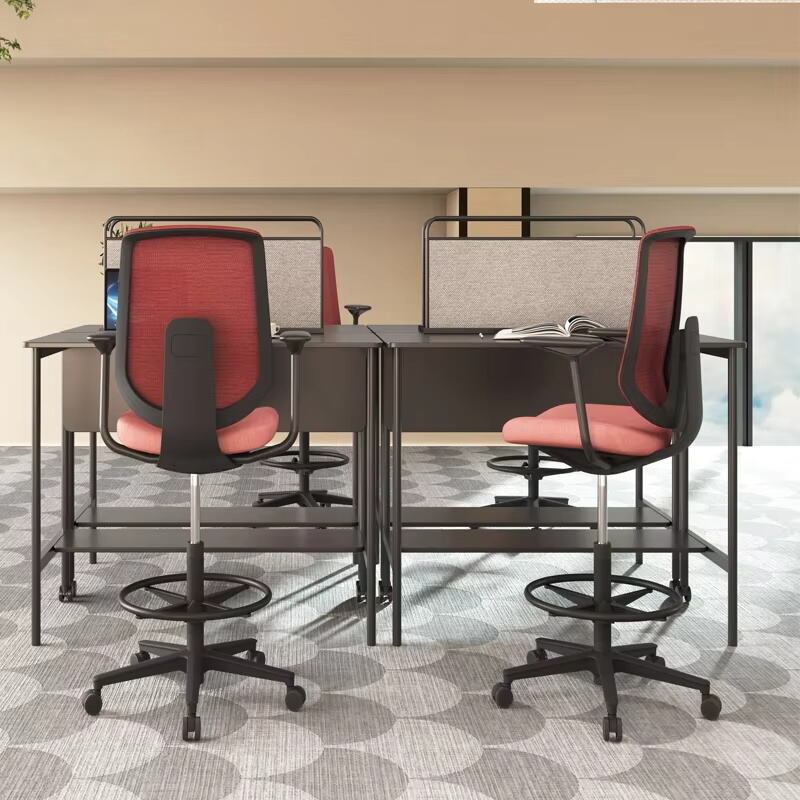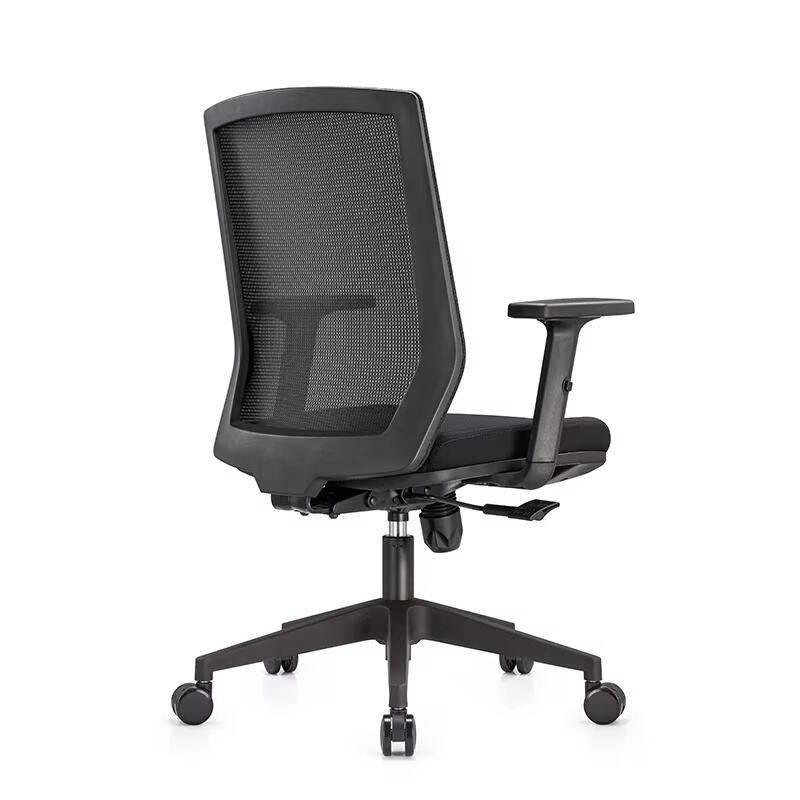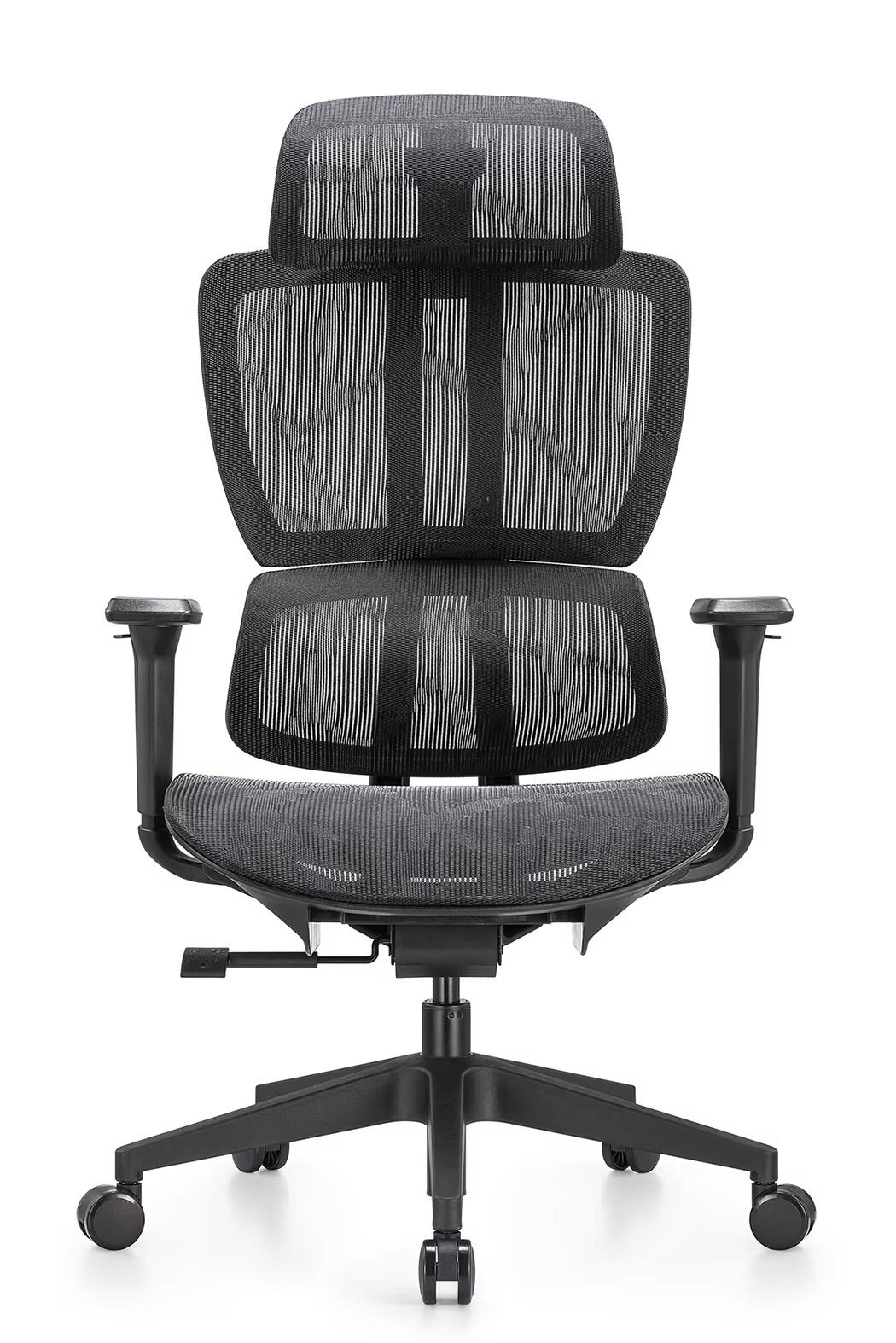
Essential Office Chair Safety Components for Workplace Security
Office chair safety features play a vital role in preventing workplace injuries and ensuring employee wellbeing. As professionals spend increasingly longer hours seated at their desks, the importance of properly equipped office chairs cannot be overstated. A well-designed chair with comprehensive safety features not only protects users from potential accidents but also promotes proper posture and ergonomic comfort throughout the workday.
Modern office environments demand furniture that meets strict safety standards while providing optimal functionality. Understanding these critical safety components helps organizations make informed decisions when selecting office chairs, ultimately contributing to a safer and more productive workplace environment.
Fundamental Stability and Support Mechanisms
Base and Caster Configuration
The foundation of office chair safety begins with a properly designed base. A five-point star base provides optimal stability, preventing tipping and ensuring even weight distribution. High-quality office chairs feature reinforced nylon or aluminum bases that can support substantial weight capacities while maintaining structural integrity over time.
Casters play an equally crucial role in chair safety. Dual-wheel casters offer improved stability and smoother movement compared to single-wheel alternatives. Different floor surfaces require specific caster types - hard floor casters feature softer materials to prevent scratching, while carpet casters provide enhanced grip and maneuverability.
Weight Capacity and Materials
Office chair safety features must include clearly defined weight capacity ratings. Professional-grade chairs typically support between 250 to 400 pounds, with heavy-duty models offering even greater capacity. The materials used in construction directly impact weight capacity and durability - steel frames, reinforced plastics, and high-density foam provide reliable support while maintaining comfort.
Quality materials also ensure longevity and consistent performance. Premium office chairs utilize commercial-grade components that resist wear and maintain structural integrity even under demanding daily use.
Advanced Ergonomic Safety Elements
Adjustment Mechanisms and Controls
Safe office chairs incorporate multiple adjustment points with secure locking mechanisms. Height adjustment cylinders should feature safety certification and smooth operation. Tilt tension controls allow users to safely adjust chair resistance based on their body weight and preferences, while tilt locks prevent unexpected backward movement.
All adjustment levers and controls must be positioned within easy reach and designed to prevent accidental activation. Ergonomic considerations in control placement help users maintain proper posture while making adjustments, reducing strain and potential injury.
Lumbar Support and Seat Design
Proper lumbar support represents a critical office chair safety feature that prevents long-term back injuries. Adjustable lumbar support mechanisms should maintain position under regular use and accommodate various user heights. The seat pan design must include appropriate depth adjustment to support proper leg positioning and circulation.
Edge softness and waterfall front designs prevent pressure points and maintain healthy blood flow to the legs. These features work together to prevent discomfort and potential circulatory issues during extended sitting periods.

Enhanced Safety Through Additional Features
Anti-Static Properties
Modern office environments with extensive electronic equipment benefit from chairs with anti-static properties. These features protect both users and sensitive equipment from potentially harmful static discharge. Quality office chairs incorporate materials and components that prevent static buildup while maintaining comfort and functionality.
Conductive casters and fabric treatments provide additional layers of static protection. These elements are particularly important in technology-focused workspaces where electronic equipment sensitivity is a concern.
Emergency Braking Systems
Advanced office chair safety features may include automatic braking systems that activate when no weight is applied to the seat. This prevents chairs from rolling away when unoccupied and reduces collision risks in busy office environments. Some models also feature manually engaged brakes for added security when desired.
These braking mechanisms must be properly maintained and tested regularly to ensure reliable operation. Quality designs incorporate durable components that withstand frequent use while maintaining consistent performance.
Maintenance and Safety Standards
Regulatory Compliance
Office chair safety features must meet or exceed established industry standards and regulations. BIFMA (Business and Institutional Furniture Manufacturers Association) certification ensures chairs meet rigorous safety and durability requirements. Additional certifications may apply depending on specific use environments or regional requirements.
Regular testing and documentation of safety compliance help organizations maintain safe workplace environments and meet occupational safety obligations. Understanding these standards assists in selecting appropriate office chairs for specific workplace needs.
Preventive Maintenance Requirements
To maintain optimal safety performance, office chairs require regular inspection and maintenance. Critical components such as casters, adjustment mechanisms, and structural elements should be checked periodically for wear or damage. Establishing maintenance schedules helps prevent safety issues before they develop into serious concerns.
Professional maintenance services can provide thorough evaluations and necessary repairs to ensure continued safe operation. Documentation of maintenance activities supports workplace safety compliance and extends chair lifespan.
Frequently Asked Questions
How often should office chair safety features be inspected?
Professional office chairs should undergo safety inspections at least quarterly, with more frequent checks for heavily used chairs. Users should perform basic safety checks monthly, examining casters, adjustment mechanisms, and structural integrity for signs of wear or damage.
What is the typical lifespan of safety mechanisms in quality office chairs?
High-quality office chair safety features typically maintain optimal performance for 7-10 years under normal use conditions. However, specific components may require replacement or adjustment sooner depending on usage patterns and environmental factors.
Are special safety features required for different floor types?
Yes, specific caster types and safety features are recommended for different flooring materials. Hard floor environments benefit from soft caster materials to prevent surface damage, while carpeted areas require firmer casters for proper mobility and stability.
How can users determine if their office chair meets current safety standards?
Users can verify safety compliance by checking for BIFMA certification labels and reviewing manufacturer documentation. Professional assessment services can also evaluate chairs against current safety standards and provide detailed compliance reports.











